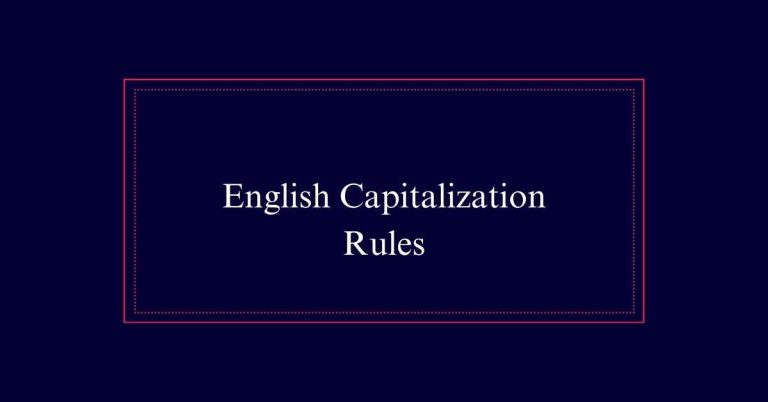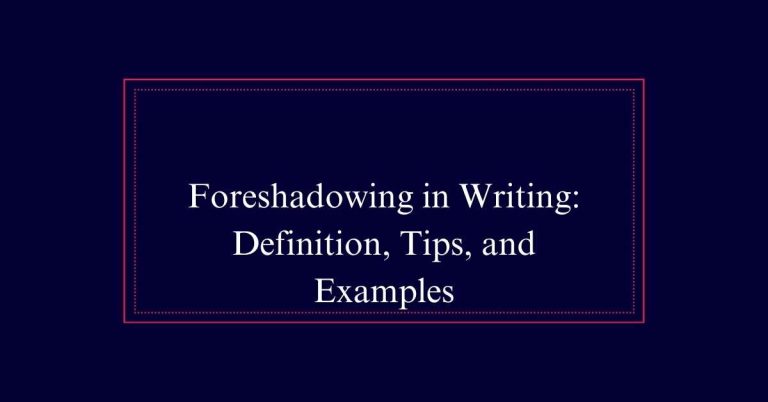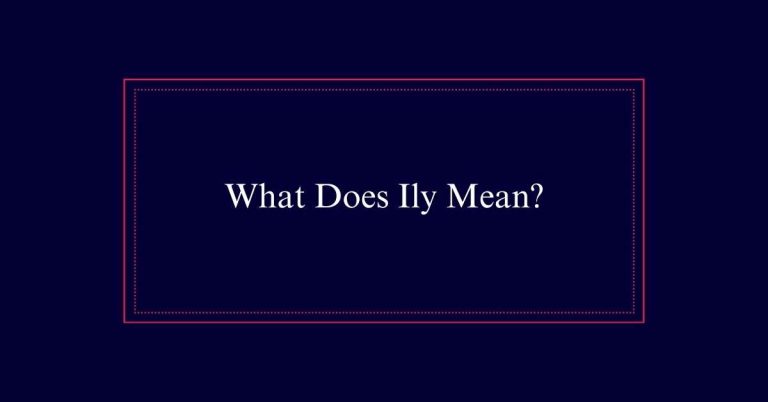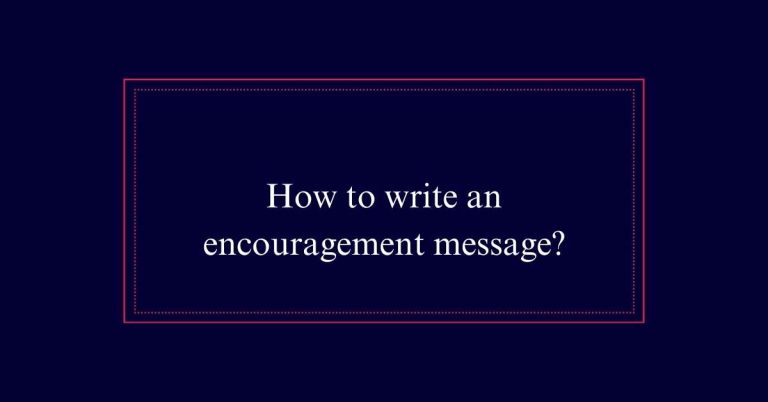How to Write a Catchy Headline?
Writing a catchy headline quickly involves understanding your audience and their interests. Use simple, clear language and avoid slang. Research your audience’s demographics and preferences to tailor your headline. Integrate a focus keyword naturally to boost search visibility and confirm the headline is under 70 characters for brevity. Spark curiosity by solving a problem or using numbers. Make sure it grabs attention while staying professional.
Know Your Audience
Understanding your audience is the cornerstone of crafting an effective headline. Knowing who you are writing for allows you to tailor your message to their specific interests and values.
Start by researching audience demographics and psychographics. This helps you understand their preferences and what resonates with them. Consider their age, location, and interests. Use this information to create headlines that appeal directly to them.
Test different headlines to see which ones perform best. Monitor feedback and engagement to refine your approach. A headline that speaks to your audience’s needs and desires is more likely to capture their attention.
Avoid Inappropriate Language
When crafting headlines, it’s important to avoid language that might offend or alienate your audience. Inappropriate language can take many forms, such as slang, jargon, or overly casual expressions. These can detract from the professionalism of your content.
Offensive terms or culturally insensitive words can also harm your brand’s reputation. Always aim for clarity and respectfulness. Use words that are universally understood and appropriate for your audience’s demographics.
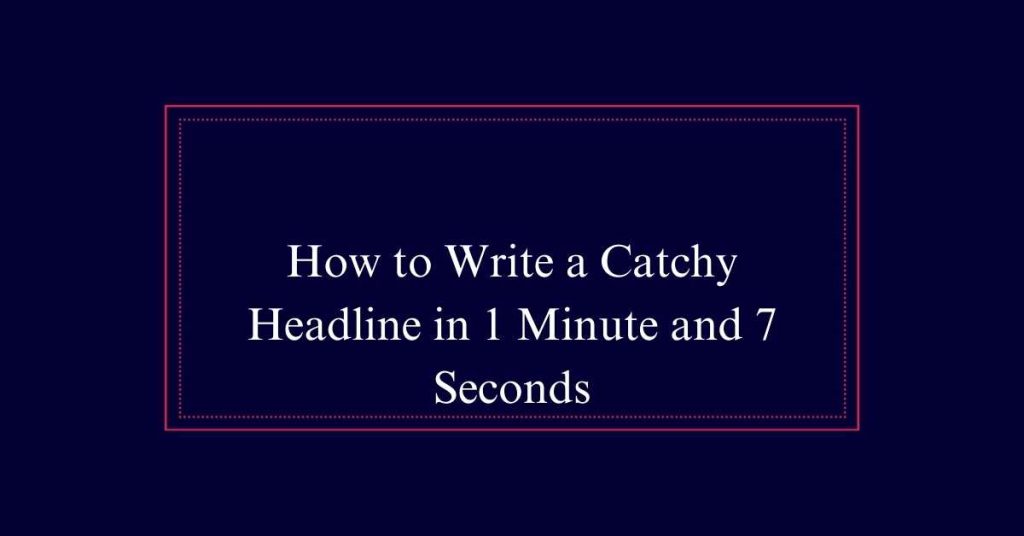
Research Audience Preferences
Researching audience preferences is vital for crafting headlines that resonate and engage effectively. Knowing your audience helps you tailor headlines to their interests and values.
Start by analyzing audience demographics and psychographics. Understand their age, gender, location, and lifestyle. This information will guide you in choosing language and topics that appeal to them.
Consider what your audience likes to read and what they avoid. Avoid using language that might offend or alienate them. Conduct surveys or use analytics tools to gather data on their preferences.
Test different headlines to see which ones perform best. Regularly update your knowledge about your audience as preferences can change over time. This targeted approach guarantees your headlines capture attention and drive engagement.
Use a Focus Keyword
After identifying your audience’s preferences, the next step is to incorporate a focus keyword into your headline. This enhances search engine visibility and guarantees your content reaches the right audience. Select a keyword that aligns with the core topic of your article. Integrate it naturally within the headline for best search engine indexing. Here is a table to illustrate the importance of using focus keywords:
| Keyword Usage | Benefit | Example Headline |
|---|---|---|
| Main Keyword | Higher visibility | ‘Effective SEO Tips for Beginners’ |
| Long-tail Keyword | Targeted audience reach | ‘Best SEO Practices for Small Businesses’ |
| Related Keywords | Broader search reach | ‘SEO Strategies for Traffic Growth’ |
| Natural Integration | Enhanced readability | Learn SEO: Practical Tips and Tricks |
| Performance Monitoring | Continuous improvement | ‘Top SEO Techniques to Boost Rankings’ |
Focus keywords draw the right audience and improve content discoverability.
Keep Headlines Short
Keeping headlines short is crucial for guaranteeing they are easily understood and indexed by search engines. Short headlines are more effective in grabbing attention. They are also more likely to be fully displayed in search engine results, making them user-friendly and SEO-friendly.
Aim to keep your headlines under 70 characters. This not only helps with search engine visibility but also ensures that your main message is clear and direct. Avoid using extra words that don’t add value. Concise headlines are easier to read and process, making them more engaging for readers.
To conclude, brevity is key when crafting headlines that are both impactful and search engine optimized.
Spark Curiosity
Engage your readers by crafting headlines that ignite curiosity and draw them in. A well-designed headline can create a thirst for knowledge, making readers enthusiastic to learn more.
Use captivating language that hints at valuable content without giving everything away. This can prompt readers to click through your article to satisfy their inquisitiveness. Phrases like ‘The Secret to…’ or ‘You Won’t Believe…’ can be effective. Always aim to leave a bit of mystery, encouraging readers to explore further.
The goal is to arouse interest and compel action. Remember, a curious mind is one that seeks answers, and your headline should be the key that ignites their desire to investigate further.
Solve Reader Problems
Addressing your readers’ needs directly can make your headline more compelling and relevant. When you focus on solving reader problems, you immediately capture their attention. Readers are often looking for solutions to specific issues. By highlighting how your content addresses their concerns, you provide immediate value.
Position yourself as a problem solver through your headline. For example, use phrases like ‘How to’ or ‘Tips for’ to signal helpful content. Emphasize the benefits readers can gain by engaging with your content. This approach not only attracts clicks but also builds trust with your audience.
Make sure your headline clearly states the solution or insight you are offering, ensuring it resonates with the readers’ needs and interests.
Incorporate Numbers
Incorporating numbers in your headlines can greatly enhance reader engagement and clarity. Numbers provide structure and make the content appear more manageable. They also add a sense of specificity and authority to your headlines.
Here are four reasons to use numbers in your headlines:
- Attract Attention: Numbers stand out in a sea of text.
- Offer Clarity: They clearly indicate the amount of information.
- Boost Credibility: Specific numbers imply well-researched content.
- Enhance Readability: Lists are easy to scan and digest.
Frequently Asked Questions
How Can Emotional Triggers Be Used in Headlines?
Emotional triggers in headlines capture attention by appealing to readers’ feelings. Use words that evoke excitement, curiosity, or urgency. Address their desires, fears, or aspirations. Engaging emotions can greatly increase reader engagement and click-through rates.
What Role Does Humor Play in Crafting Effective Headlines?
Humor in headlines grabs attention and can make content more memorable. It creates a positive impression, engages readers, and encourages sharing. However, it should align with audience preferences and the overall tone of the content.
How Do I Balance Creativity With Clarity in Headlines?
Balancing creativity with clarity in headlines involves using clear, concise language while incorporating intriguing elements. Guarantee your headline is easily understood yet compelling enough to attract attention. Avoid jargon and focus on the core message.
Can Using Puns Make Headlines More Engaging?
Employing puns in headlines can enhance their appeal by injecting humor and creativity. However, make sure the pun is clear and pertinent to the content. Avoid perplexing or estranging your audience with excessively intricate wordplay.
What Are the Risks of Using Clickbait in Headlines?
Using clickbait in headlines risks damaging credibility, leading to reader distrust. It can result in high bounce rates as users feel misled. Ultimately, it may harm your brand’s reputation and reduce long-term audience engagement.

